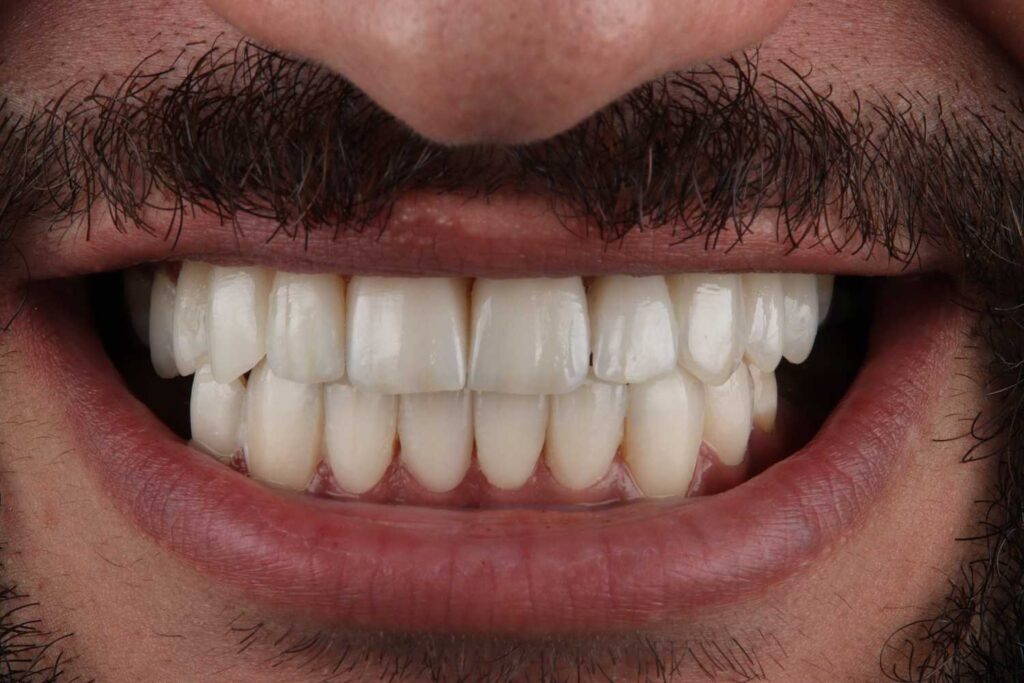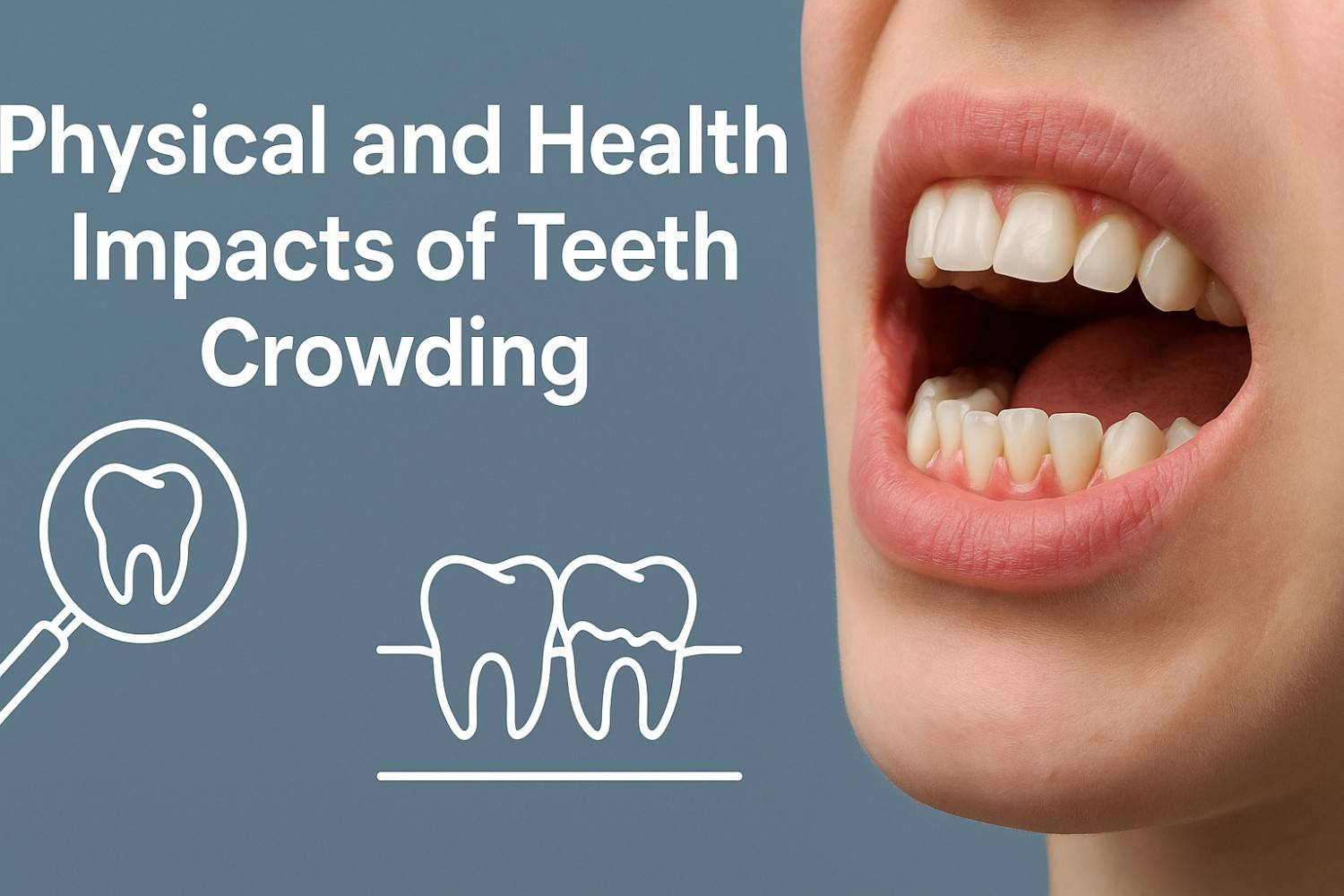A beautiful, straight smile is often associated with health, confidence, and even success. But what happens when teeth don’t align properly? Teeth crowding, a common dental issue, can have far-reaching effects that go beyond aesthetics. Understanding these impacts is crucial for maintaining both oral and overall health.
What Is Teeth Crowding?
Teeth crowding occurs when there isn’t enough space in the jaw for all the teeth to fit properly. As a result, teeth may overlap, twist, or shift out of place. Crowding can affect any part of the mouth, though it’s most common in the lower front teeth. Causes of teeth crowding can include genetics, early or late loss of baby teeth, or habits such as thumb sucking during childhood. Wisdom teeth eruption can also contribute to crowding in adults.

Oral Health Implications
One of the most immediate concerns with crowded teeth is oral hygiene. Overlapping and crooked teeth create tight spaces that are difficult to clean. Even with diligent brushing and flossing, plaque and bacteria can accumulate in these hard-to-reach areas. Over time, this can lead to cavities, gum disease, and bad breath.
Gum disease, in particular, is a serious consequence of crowding. When plaque builds up along the gumline, it can cause inflammation, known as gingivitis. If left untreated, this can progress to periodontitis, which may lead to tooth loss and even affect overall health, as studies have linked gum disease to heart disease and diabetes.
Wear and Tear on Teeth
Crowded teeth don’t just impact oral hygiene; they can also cause abnormal wear. When teeth don’t align properly, certain teeth bear more pressure than others during chewing and biting. This uneven stress can cause teeth to chip, crack, or wear down over time. Misalignment can also strain the jaw muscles and temporomandibular joint (TMJ), leading to discomfort, headaches, or jaw pain.
Impact on Speech and Digestion
Teeth play a crucial role in speech. Crowding can sometimes affect pronunciation, making certain sounds harder to articulate. Additionally, crowded teeth can impact the chewing process. Inefficient chewing can affect digestion, as food may not be broken down properly before reaching the stomach. Over time, this can lead to gastrointestinal discomfort or nutritional issues.
Psychological and Social Effects
It’s no secret that a crowded or misaligned smile can affect self-confidence. People with noticeable crowding may feel self-conscious about their appearance, leading to social anxiety or reluctance to smile. This can have subtle but meaningful effects on social interactions and even professional opportunities. Addressing crowding not only improves oral health but also enhances emotional well-being.
Treatment Options
Fortunately, there are several effective treatments for teeth crowding. Orthodontic solutions, such as braces or clear aligners, are the most common approaches. These treatments gradually shift teeth into proper alignment, improving both function and appearance.
In some cases, tooth extraction may be necessary to create space. This is particularly common when wisdom teeth are involved. For residents in Texas, a visit to a trusted specialist, such as a wisdom teeth removal in Hutto TX, can help prevent further crowding and related complications. Early intervention can reduce the need for more invasive treatments later.
Preventive Measures
While some causes of teeth crowding are genetic and unavoidable, there are steps you can take to minimize the risk or severity:
- Maintain regular dental checkups to monitor tooth growth and alignment.
- Encourage healthy oral habits in children, including proper brushing, flossing, and avoiding prolonged thumb sucking.
- Address early dental issues promptly, such as misaligned bites or early tooth loss.
In Conclusion
Teeth crowding is more than a cosmetic concern. Its effects on oral hygiene, tooth wear, jaw health, speech, and confidence are significant. Recognizing the signs early and seeking professional care can prevent complications and improve long-term oral health. Whether through orthodontics or targeted treatments like wisdom teeth removal, taking action ensures that a crowded smile doesn’t lead to bigger problems down the road.
A well-aligned smile is not just a matter of beauty—it’s an investment in health, comfort, and self-esteem.







